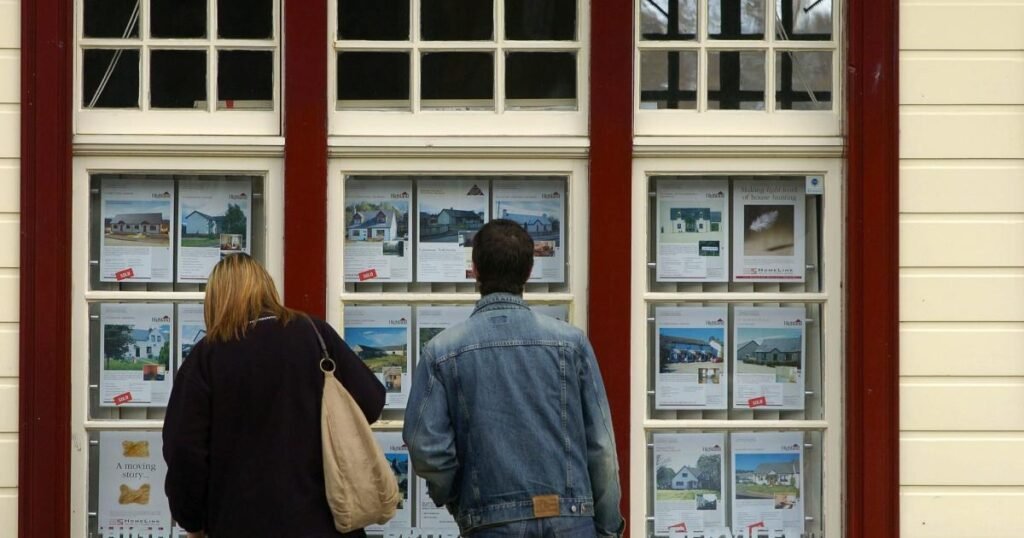The average house price in Scotland rose by 4.9% over the year to June, to £214,891, according to Halifax’s figures.
Northern Ireland once again recorded the fastest pace of annual property price inflation in the UK. The average house price in Northern Ireland rose by 9.6% over the year to June, to £212,189.
The annual rate of growth of the average house price in the UK slowed from 2.6% in May to 2.5% in June. The average UK house price in June was £296,665, Halifax noted.
And, on a month-on-month basis, the average UK house price was flat in June, having fallen by 0.3% in May.
Amanda Bryden, head of mortgages at Halifax, said: “The UK housing market remained steady in June, with the average property price effectively unchanged over the month, following a slight drop of 0.3% in May.”
She added: “At £296,665, the average house price is still around 2.5% higher than this time last year. The market’s resilience continues to stand out and, after a brief slowdown following the spring stamp duty changes, mortgage approvals and property transactions have both picked up, with more buyers returning to the market.
Read more
“That’s being helped by a few key factors: wages are still rising, which is easing some of the pressure on affordability, and interest rates have stabilised in recent months, giving people more confidence to plan ahead.”
Stamp duty land tax is payable by buyers of property or land over a certain price in England and Northern Ireland. If the property or land is in Scotland, buyers pay land and buildings transaction tax. LBTT is a fully devolved tax.
Matt Swannell, chief economic advisor to the EY ITEM Club think tank, said: “The housing market has experienced a soft patch in recent months as it slowed sharply following April’s changes in stamp duty thresholds. With buyers having rushed through purchases ahead of the deadline, transactions fell substantially in April and, despite a slight recovery in May, they remained low compared to the same time last year.”
However, he added: “There are already signs that the weakness is easing with mortgage approvals for new home purchases rising in May, which will likely lead to an increase in housing transactions within a couple of months.”
Mr Swannell added: “By the second half of this year, we think that the soft patch in the housing market will start to fade and that the conditions will be in place for a modest pickup.
“Interest rates still have further to fall, although cuts will continue to be gradual, and the labour market will continue to function well. But ongoing affordability challenges, coupled with ongoing economic uncertainty, will still see some households hit pause on major purchases for the time being.”
Read more
Ms Bryden said lenders have “responded to new regulatory guidance by taking a more flexible approach to affordability assessments”.
She added: “Over the last two months, we’ve already helped an additional 3,000 buyers – including more than 1,000 first-time buyers – access a mortgage they wouldn’t have qualified for before. Of course, challenges remain. Affordability is still stretched, particularly for those coming to the end of fixed-rate deals. The economic backdrop also remains uncertain; while inflation has eased, it’s still above target, and there are signs the jobs market may be softening.
“But with markets pricing in two more rate cuts from the Bank of England by year end, and the average rate on newly drawn mortgages now at its lowest since 2023, we continue to expect modest house price growth in the second half of the year.”
UK base rates are currently at 4.25%, having been reduced to this level with a quarter-point cut in May.

